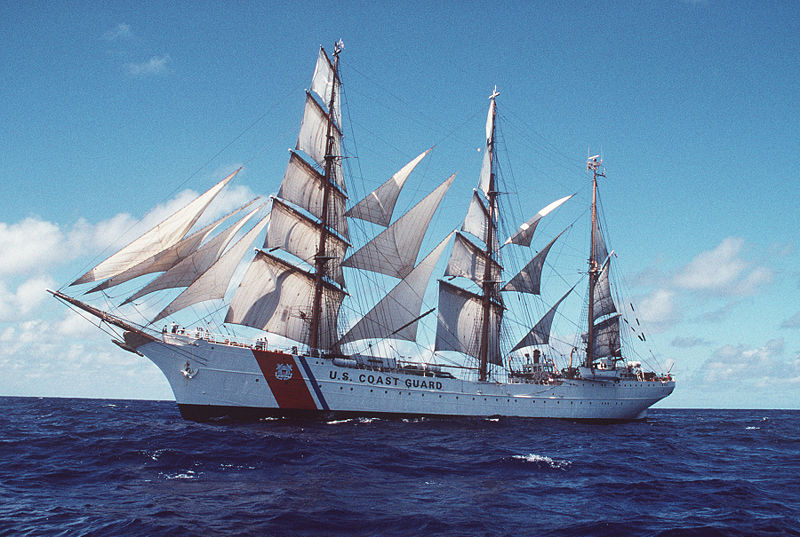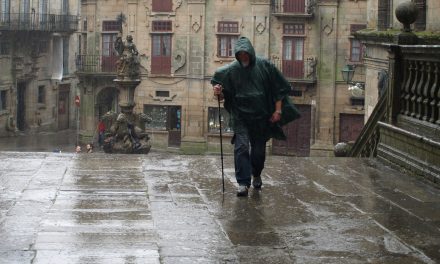The importance of pilgrimages by sea is unquestionable. English, Irish, Flemish, Scandinavian and Hanseatic sea routes were used since virtually the beginning of pilgrimages. Some experts like Lacarra speak of the sea as the oldest pilgrimage route, and it was via the sea that the news of the discovery of the tomb of St. James was broadcast to the Carolingian world.
Constance Storrs has documented an important twelfth century expedition, in which English pilgrims landed either in A Coruna or Padròn. The members of the expedition left from Dartmouth in order to visit San Salvador de Oviedo before Santiago, which led them to make several stops, including one in Ribadeo.
Most of pilgrimages by sea to Ribadeo were made from the late thirteenth century onwards, during which time political upheavals and wars such as the Hundred Years War made it difficult to pass through Gascony, thus making travel safer by sea.
The German historian Ilja Mieck emphasized the importance of this means of travel but also admitted to the lack of data needed to gain an understanding of the full extent of such voyages “in the fifteenth century at least 8,000 pilgrims travelled by sea to Almeria or Ribadeo ; but possibly that number could have reached 35,000 or more. ” What is clear is that during the late Middle Ages, the continuing clashes between France and England made journeying by sea safer than by land, so that it comes as no surprise when in 1456 the pilgrim William Wey reports at having found 84 ships of all nations in the northern port of A Coruña. Although there is no exact information on the connection between Ribadeo and the Northern Way, it is safe to assume that some of the pilgrims who landed in Galicia must have disembarked at this port.
The journeys took place in ordinary vessels during the sixteenth and seventeenth centuries and always served several functions: that of carrying goods, as well as, troops and pilgrims. The ship owners were always concerned about making the greatest profit and carrying pilgrims was a lucrative business since every passenger paid a sum amounting to a third of what it cost to ship a ton of merchandise. Thus the so-called “charter vessels” appeared, which led to large streams of pilgrims.
The periods of greatest maritime activity naturally coincided with the Holy Years, being particularly intense in the years 1428, 1434, 1445, 1451 and 1455. The business of this massive transportation of pilgrims was mainly in the hands of small ship- owners, although in some cases there were big traders also involved who had to obtain an official license to carry such a special ‘cargo’. The licenses that have survived show that in most cases the ship owners were committed to carrying pilgrims back and forth, with the proviso of a week’s stay in Galicia between the outward and the return journeys.
Photo: We have taken this image of the Commons Wikipedia project, its author is USCG-Brown-Telfair-H.-PA1.











